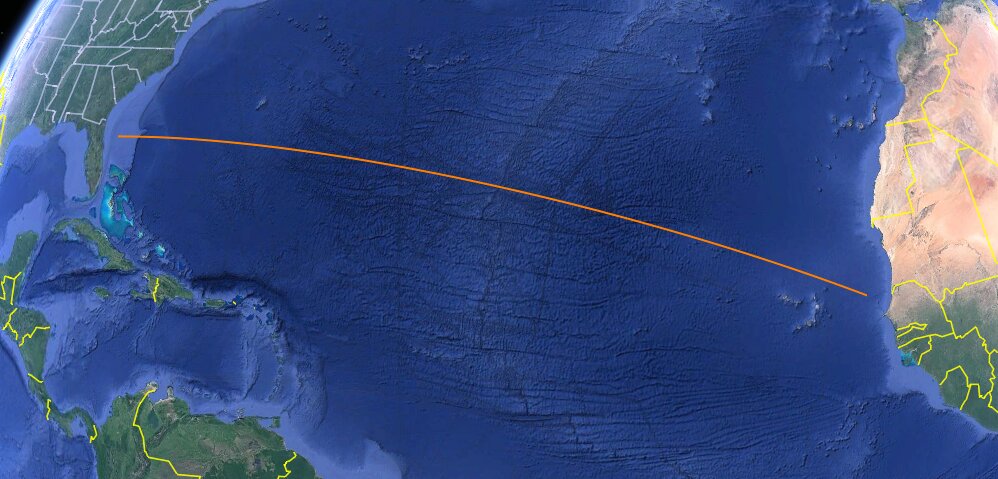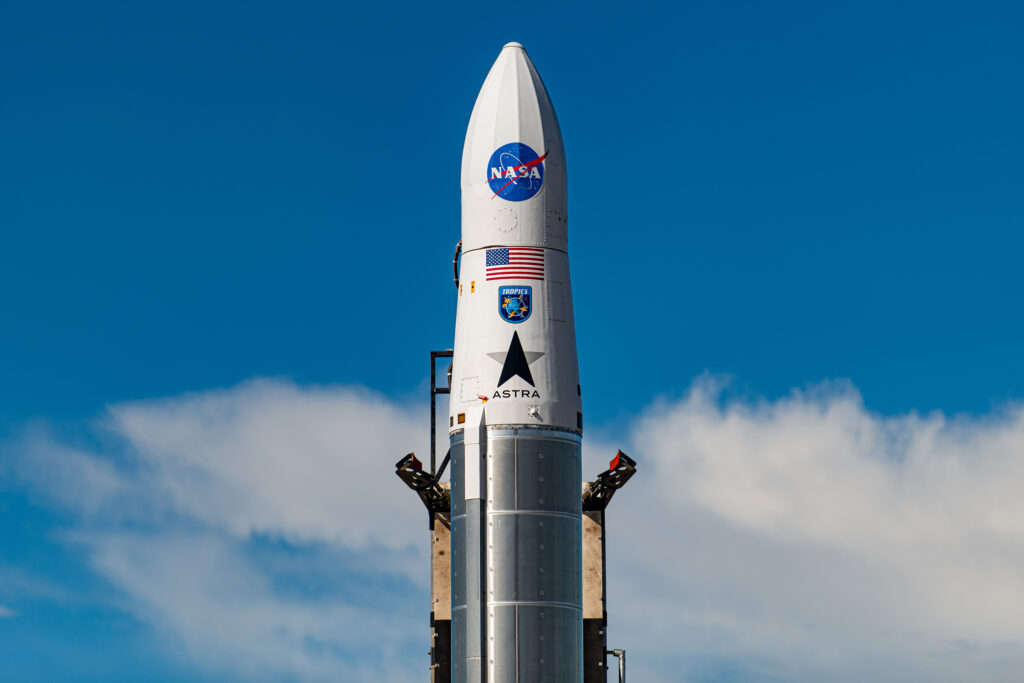The TROPICS-1 mission, in which the Rocket 3.3 small rocket built by Astra Space was supposed to put two NASA cubesats into orbit, failed due to premature engine shutdown. As a result, the carrier failed to gain the first space speed and fell into the ocean.
Astra’s New Launch Failure
Rocket 3.3 was launched from the LC-46 launch pad at Cape Canaveral on June 12. The first stage of the carrier worked in normal mode, the head fairing also successfully separated from it. The accident occurred at the work site of the second stage. A minute before the completion of the necessary maneuver, its engine turned off, after which the rocket began to somersault. At that moment, Rocket 3.3 was moving at a speed of 6.5 km/s, insufficient to remain in Earth orbit. As a result, a rocket with a payload fell off the coast of Africa. After a while, representatives of Astra Space officially acknowledged the failure.

This is the second accident of the Astra rocket this year. The first occurred on February 10 and led to the loss of several cargoes from commercial customers. After making changes to the design of the carrier, Astra managed to make a successful launch in March. But now it has suffered a setback again, which raised a legitimate question about the company’s future prospects. Currently, three out of five Rocket 3.3 launches have failed.
TROPICS Program
The main objective of the TROPICS (Time-Resolved Observations of Precipitation structure and storm Intensity with a Constellation of Smallsats) program is to study the formation and development of tropical cyclones. For this, NASA plans to deploy a mini-constellation of six cubesats capable of transmitting measurement results four to six times faster than existing spacecraft.

Astra Space has won the contract to launch the TROPICS satellites in February 2021. Under the terms of the agreement, it should put the spacecraft into a 550-kilometer orbit during three missions. The total amount of the transaction is USD 7.95 million.
According to https://spaceflightnow.com
Follow us on Twitter to get the most interesting space news in time
https://twitter.com/ust_magazine

